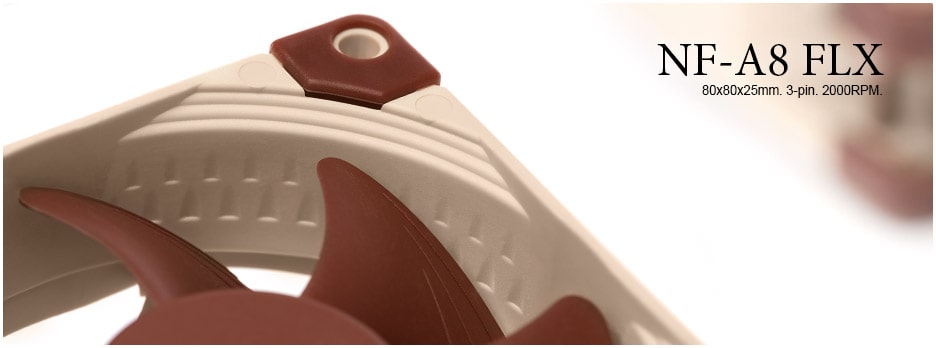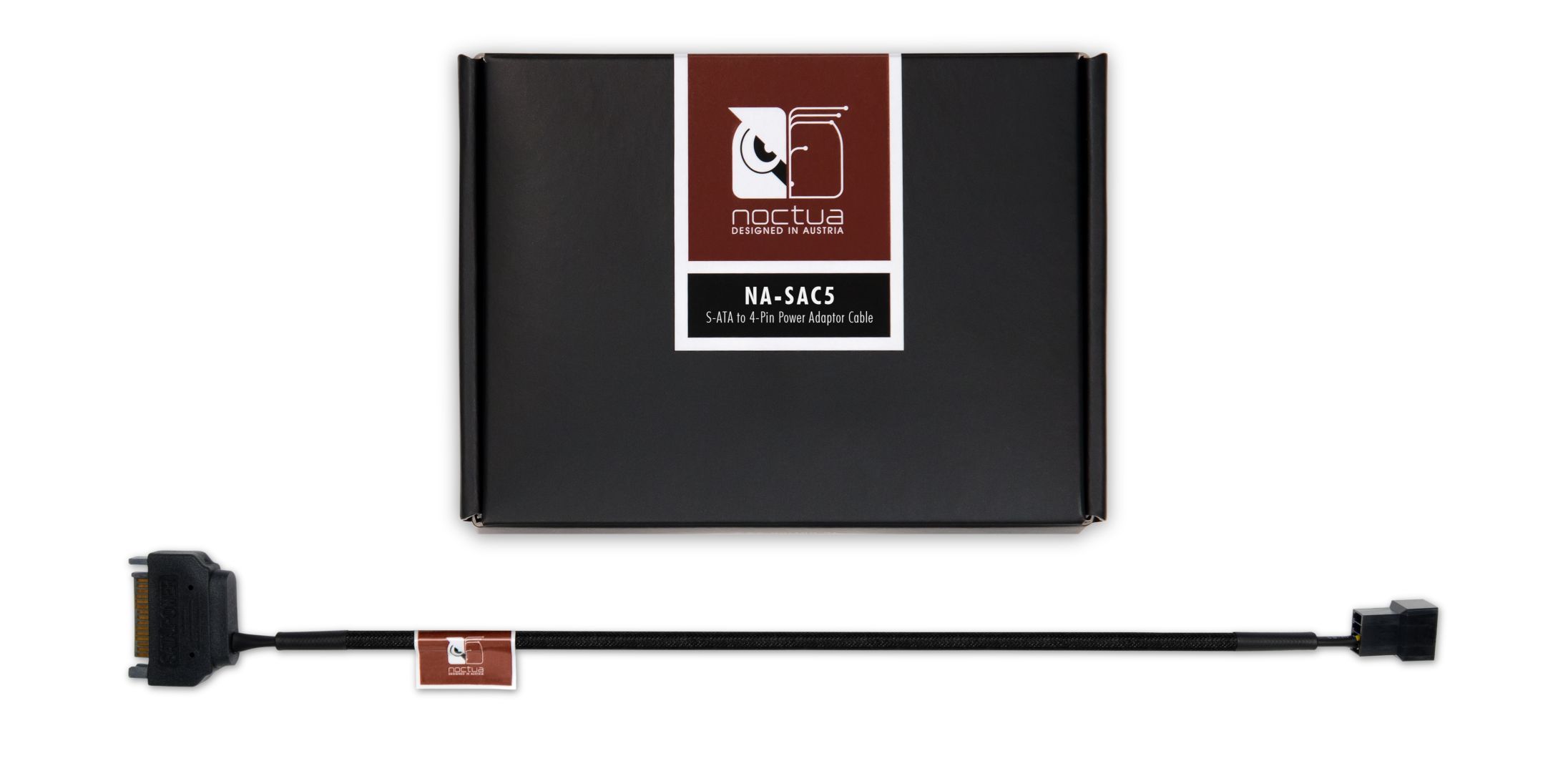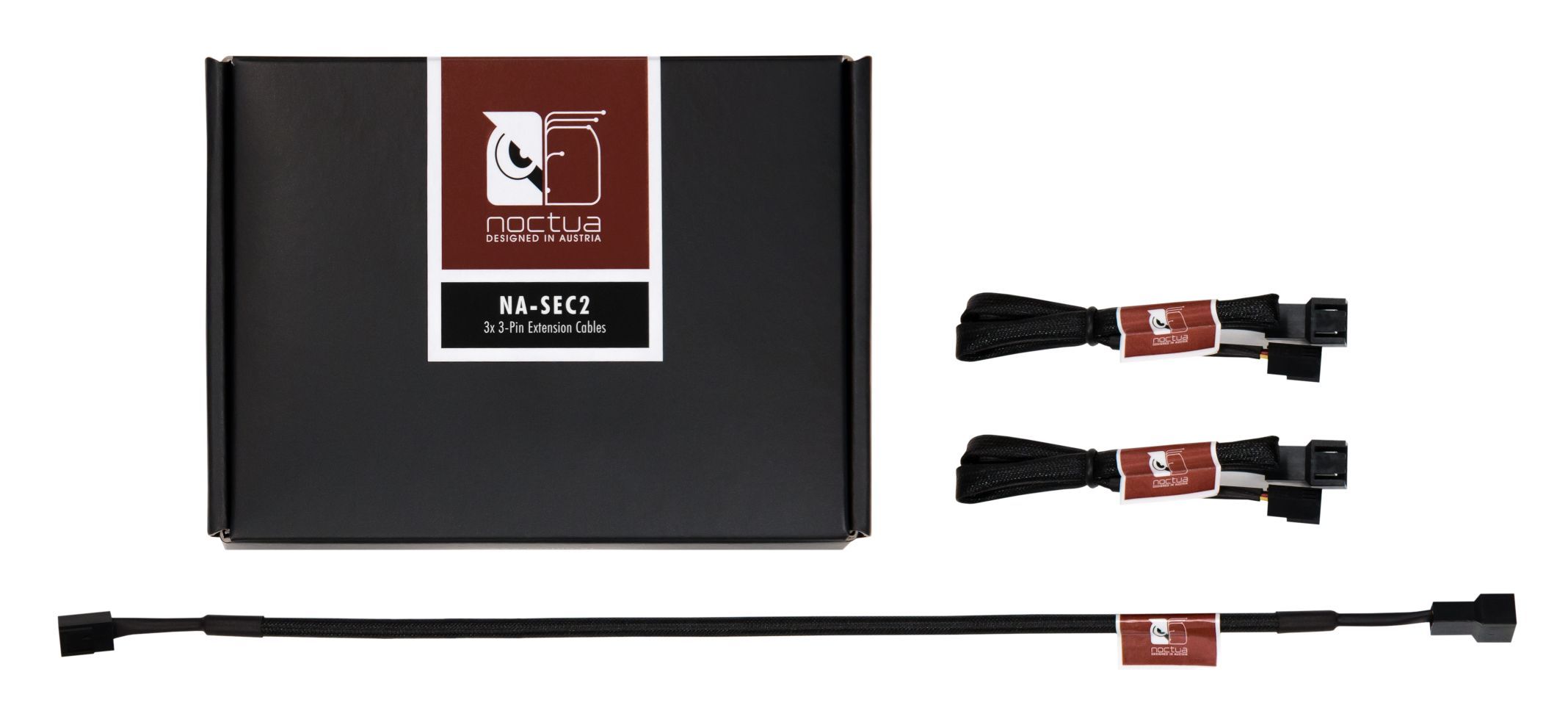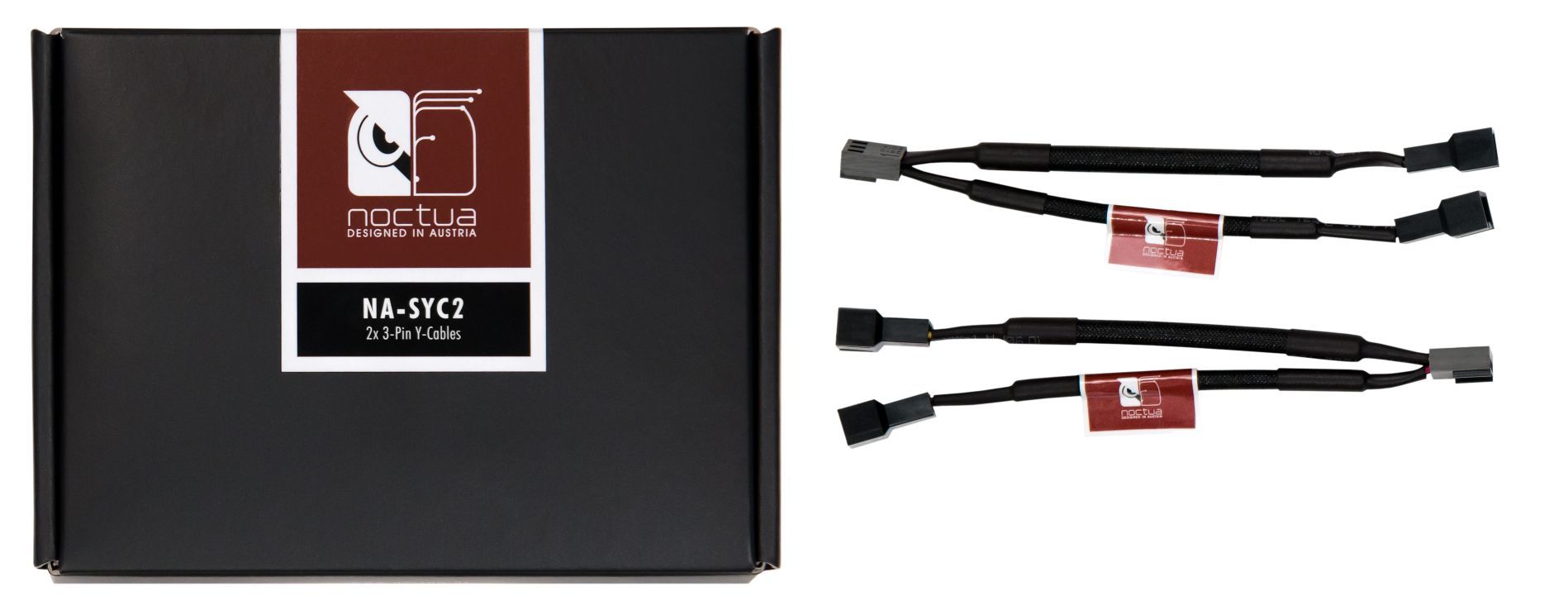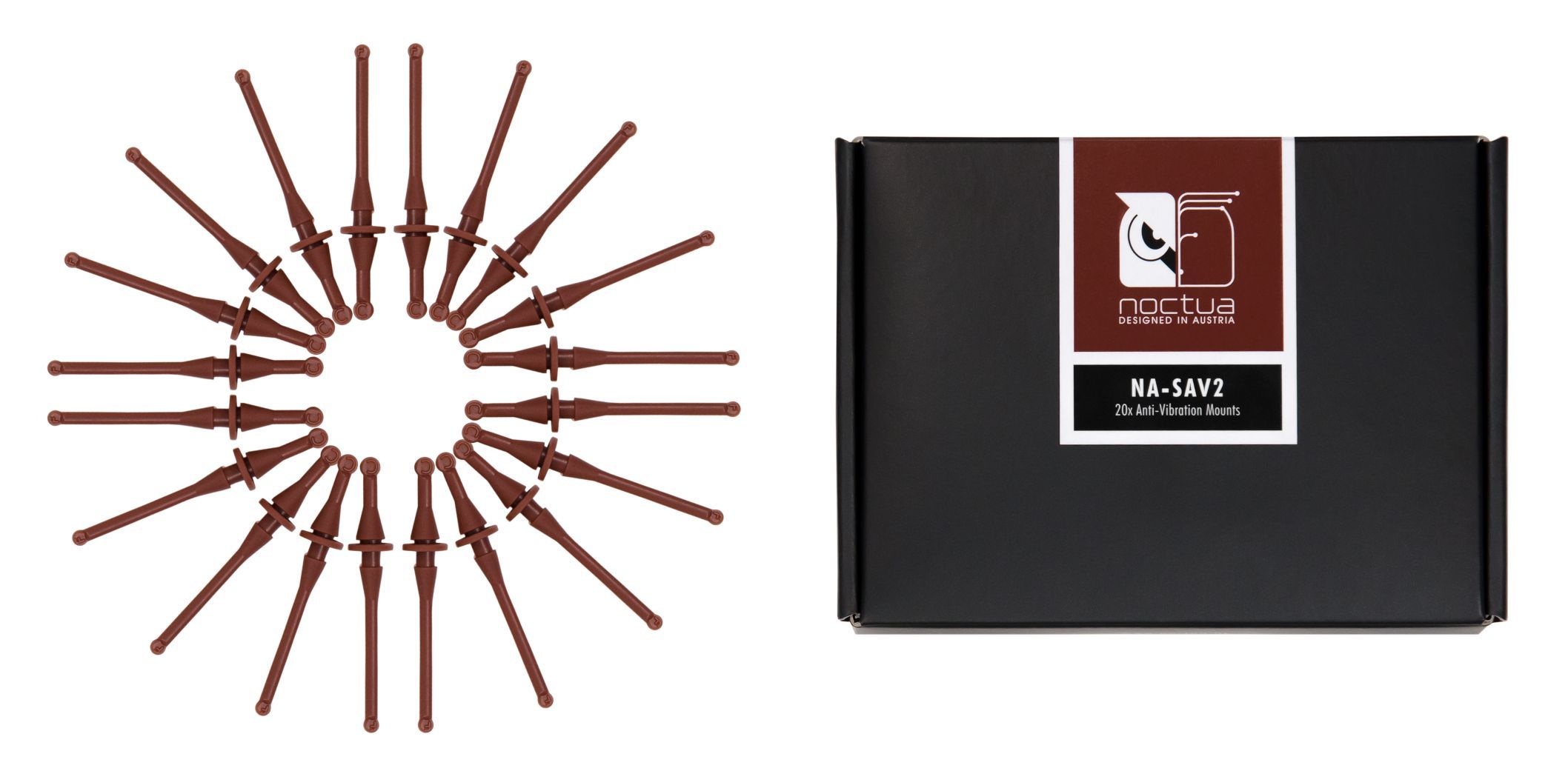NF-A8 FLX
Le NF-A8 est un ventilateur silencieux premium de 80mm bénéficiant de nombreuses optimisations. Doté d’un cadre AAO (Advanced Acoustic Optimisation) et jouissant d’un design aérodynamique étudié (avec par exemple les Flow Acceleration Channels), le NF-A8 repousse encore plus loin les limites du refroidissement silencieux atteintes par le célèbre NF-R8. La version FLX autorise, grâce à l’utilisation d’un adaptateur faible bruit (LNA), un réglage de la vitesse à 2000/1650 ou 1200 tr/min. Ce dispositif garantit ainsi une flexibilité totale au travers d’un réglage sur-mesure de la vitesse de rotation pour une ventilation renforcée ou bien un fonctionnement quasi-inaudible. Il bénéficie de la qualité de construction Noctua et est doté du roulement SSO2 Bearing, la référence incontournable, qui assure un fonctionnement sans faille ; il devient ainsi l’arme absolue des utilisateurs les plus exigeants.


Digne successeur du célèbre NF-R8

Canalisateurs de flux (Flow Acceleration Channels)

Cadre AAO

Conception en escalier de l'admission

Conduit de contournement à microstructures

Silentblocs anti-vibration intégrés

Roulement SSO2

Smooth Commutation Drive 2

Réglage à 3 vitesses pour une flexibilité totale

Nombreuses options de câblage

Garantie Fabricant de 6 ans

- Adaptateur Faible Bruit (L.N.A.)
- Adaptateur Ultra Faible Bruit (U.L.N.A.)
- Adaptateur 3 broches / 4 broches
- Extension 30cm
- 4 Vibration-Compensators
- 4 vis de fixation

L'achat est possible via nos partenaires commerciaux locaux ou directement sur nos boutiques en ligne officielles Amazon:

Your opinion matters!
We are excited to invite you to participate in our short website survey. It will only take 5 minutes of your time!

